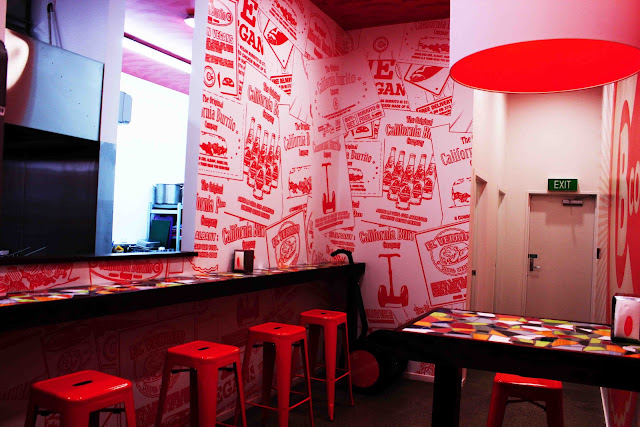Overlaminating films can beautify and protect graphics. Here are some suggestions regarding the types of films to use for different applications.
Wall Graphics
For wall graphics applications, a 3 mil matte finish calendered vinyl overlaminate provides protection from dirty hands and eliminates the glare from overhead lighting.
Tradeshow and Point-Of-Purchase Graphics
 To provide abrasion and moisture protection for expensive tradeshow graphics, photographic prints and P.O.P. transparencies and graphics,polycarbonate overlaminates are a good choice.
To provide abrasion and moisture protection for expensive tradeshow graphics, photographic prints and P.O.P. transparencies and graphics,polycarbonate overlaminates are a good choice.
The velvet texture of polycarbonate overlaminates, such as RTape’s Eclypse brand, eliminates glare from overhead lights. These films also protect prints from the degrading effects of UV light, thereby extending the service life of photographs and digital prints.
Fleet Graphics
For fleet graphics, you should typically select a 2 mil cast vinyl overlaminate, especially if a cast vinyl film is used for the print. The rule of thumb is that if you should always use a cast vinyl overlaminate with a cast vinyl graphic. To protect a calendared vinyl you can use either a cast or calendared overlaminate.
For vehicle wrap projects, a key consideration is the conformability of the film and its compatibility with the other components of the graphic. Tanker graphics are an exception. If the tanker is hauling harsh chemicals, a polyester overlaminate might be the best choice.
Window Graphics
While matte or luster finishes are preferred for interior walls, gloss overlaminates make sense for window graphics. A 2 mil film with UV inhibitors provides additional protection from the bleaching effects of sunlight. A slick gloss finish is recommended because dirt is less likely to collect on the surface of the graphic.
For perforated window graphics films, some vinyl companies recommend or require an overlaminate. Polyester overlaminates are a good choice for this and other flat applications.
Floor Graphics
For floor graphics you should specify a thicker 5 mil vinyl overlaminate or a 3 mil polycarbonate overlaminate to provide protection from grinding wear of foot traffic. The overlaminate must also feature a slip-resistant texture.



